Table of Contents
Take Control of Wi-Fi Networking and Security (1.0)
Glenn Fleishman
Copyright 2018, Glenn Fleishman. All rights reserved.
ISBN for EPUB and Mobi version: 978-1-947282-24-7
Read Me First
Welcome to Take Control of Wi-Fi Networking and Security, version 1.0, published in May 2018 by alt concepts inc. This book was written by Glenn Fleishman and edited by Scholle Sawyer McFarland.
This book explains the ins and outs of setting up, modifying, and increasing the security of a home or small-office Wi-Fi network, from choosing hardware to configuring radio settings to working with adapters in macOS, iOS, Windows, Android, and ChromeOS.
If you want to share this ebook with a friend, we ask that you do so as you would with a physical book: lend it for a quick look, but ask your friend to buy a copy for careful reading or reference. Discounted classroom and Mac user group copies are available.
Copyright 2018, Glenn Fleishman. All rights reserved.
Updates and More
You can access extras related to this ebook on the web (use the link in , near the end; its available only to purchasers). On the ebooks Take Control Extras page, you can:
Download any available new version of the ebook for free, or buy any subsequent edition at a discount.
Download various formats, including PDF, EPUB, and Mobipocket. (Learn about reading on mobile devices on our Device Advice page.)
Read the ebooks blog. You may find new tips or information, as well as a link to an author interview.
If you bought this ebook from the Take Control website, it has been added to your account, where you can download it in other formats and access any future updates. However, if you bought this ebook elsewhere, you can add it to your account manually; see .
https://sanet.st/blogs/polatebooks/
Note for Previous Readers
The current book has a relationship to a series of titles dating back almost 15 years. From the first title until an edition updated in 2015, and under various names, each version of the book focused largely on Apples ecosystem. This included detailed advice on configuring its AirPort family of base stations, partly because it was the best course for most people using Apple hardware.
However, the world has changed:
Almost everyone contends at home and work with a huge number of competing Wi-Fi networks and devices. Apples equipment worked best in less-complicated times.
Apple stopped updating its AirPort Extreme and Time Capsule models in 2013 and its AirPort Express extender in 2012. In April 2018, it confirmed it had stopped producing them entirely.
Most of us are working in much more mixed ecosystems of phones, tablets, computers, smart home devices, smart TVs, gaming systems, streaming media playersand more!
As a result, I wrote this new book using a few selected parts from Take Control of Your Apple Wi-Fi Network, but much of the book is entirely new and its all overhauled for the new reality.
This new book focuses more broadly to provide advice applicable to any router and all the major operating systems: macOS, iOS, Android, Windows 10, and ChromeOS. It will still be deeply useful to people in the Apple ecosystem, however.
Get a Free Book on Apples Last Generation of Gateways
Do you still rely on older Apple networking hardware? Buyers of this book can download Take Control of Your Apple Wi-Fi Network at no cost by clicking the Ebook Extras link (in or on the cover of the PDF version) and then looking under the Blog heading.
Introduction
Wi-Fi is nearing two decades old. Its much easier to set up and use than in the past, but the intricacies of creating a robust home or small-office network that has solid and fast coverage everywhere you want it can remain a struggle. This book is designed to offer guidance at every step of the way, and reduce your frustration with the terminology and arcana required to make decisions.
Because we all now use many different kinds of equipment on a modern Wi-Fi networks, I provide detailed, illustrated advice on connecting and configuring hardware running macOS, iOS, Android, Windows 10, and ChromeOS to work with various Wi-Fi features. After surveying popular Wi-Fi gateways, I provide advice compatible with nearly all hardware on the market.
If youre trying to understand the difference between standard Wi-Fi networks and new mesh wireless networks, I go into great detail, and help you decide which may serve you better. I also provide information on how to plan a network and locate the Wi-Fi network devices that provide service to your various connected equipped, from computers to game systems to sous vide cookers.
This book will also help you set up and use personal hotspots, add printers and use networked drives, manage wireless security, and make sure your own data is secured when you use Wi-Fi on your own or other networks.
https://sanet.st/blogs/polatebooks/
Wi-Fi Quick Start
With this book, youll learn about Wi-Fi principles and standards so you can make choices about purchasing equipment and configuring it. Youll also learn about local area networking, connecting from different operating systems to Wi-Fi gateways, how to use a personal hotspot, and securing your network and your data. Once you , youre ready to take the next step.
Put a network together:
In order to set up a network, consult .
With a network in place, you may want to have a networked printer or network-accessible hard drives, configuration of which is explained in .
Use a network locally and remotely:
- While setting up a network may be old hat to you, you can learn the ins and outs across every major operating system in .
Secure your local and internet data:
- When you use your network, you want to be safe from snoopers. Read .
- https://sanet.st/blogs/polatebooks/
Learn Wireless Basics
If youre already up to speed on how Wi-Fi works, skip to the next chapter, , which digs in on network details. If not, lets quickly run through some basics to set the stage for what follows.
Adapters and Access Points
Wi-Fi networks need two connected parts: a wireless adapter, also referred to technically as a station, and an access point (AP for short). The wireless adapter is part of a computing device (such as a smartphone, tablet, desktop computer, or smart-home device), while the access point acts as a hub, allowing wireless adapters to communicate both with each other and with other networked devices (Figure 1).
 Figure 1:
Figure 1: Computing devices contain wireless adapters which communicate with an access point (shown at center).
Whats Wi-Fi?
Wi-Fi doesnt stand for anythingits a made-up namebut it loosely connotes wireless fidelity, in the sense of faithfulness: devices with Wi-Fi stamped on them work with other Wi-Fi devices following the same standards, or are faithful to one another.
An access point thats coupled with a network router designed for home or small-office networks is called a wireless




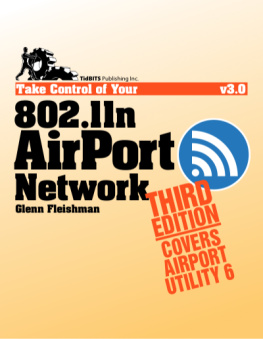

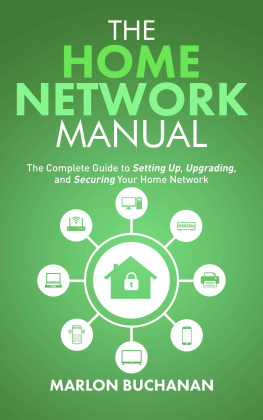
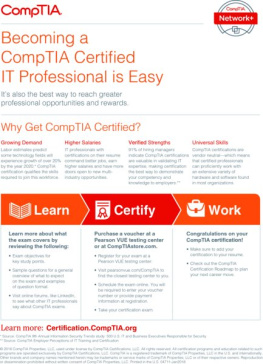

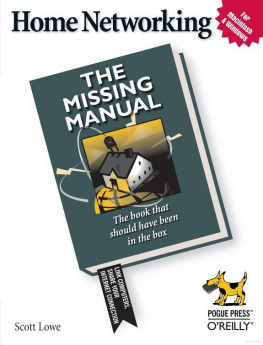
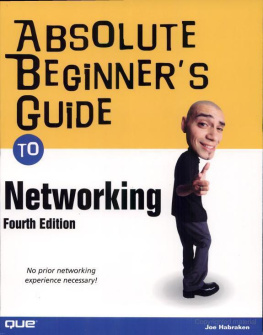

 Figure 1: Computing devices contain wireless adapters which communicate with an access point (shown at center).
Figure 1: Computing devices contain wireless adapters which communicate with an access point (shown at center).